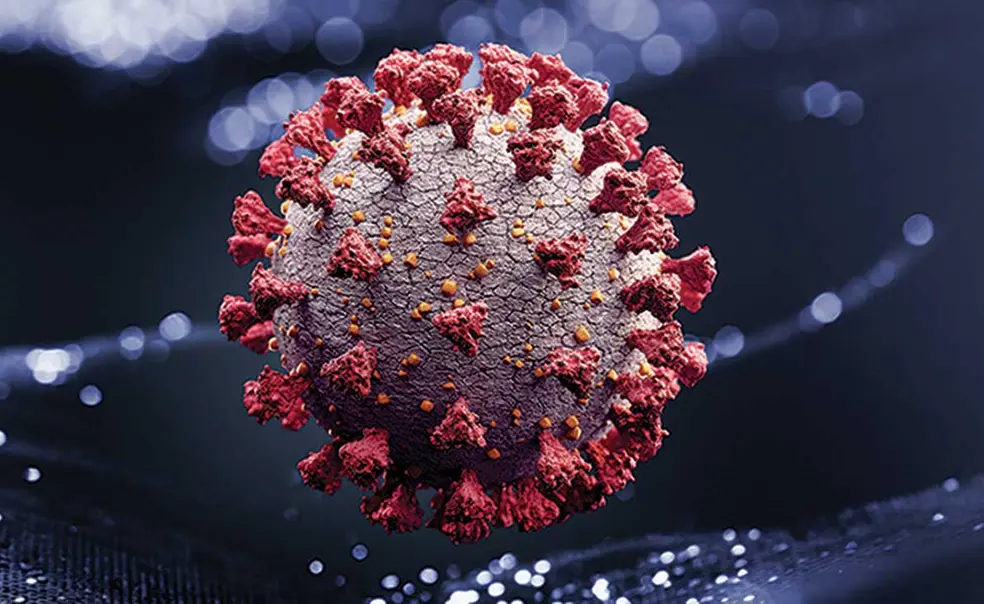COVID-19: Research Snapshots
As the COVID-19 pandemic surpasses the one-year mark, Princeton researchers and scientists continue to contribute to the body of knowledge about its effects in the long and short term. Below are some recent studies produced by University researchers.
Non-pharmaceutical interventions (NPIs) to protect against COVID-19, such as masks and social distancing, have caused a drop in seasonal rates of other viruses. While this may seem like a good thing, a study by a number of Princeton scholars appearing in the Nov. 9 Proceedings of the National Academy of Sciences warns that as a result, we may be making ourselves more susceptible to outbreaks of influenza and respiratory syncytial virus (RSV) when NPIs fall away and those pathogens begin circulating again. While the incidence and severity of flu may be tempered by future strains and vaccine efficacy, the study’s authors are most concerned by a potential outbreak of RSV, a leading cause of lower-respiratory-tract infections in infants.
A study appearing in November in the journal Socius shows how low-income Black households have endured a disproportionate economic burden due to the pandemic. Princeton sociologists Diana Enriquez and Adam Goldstein used survey data gathered between March and mid-June from recipients of the Supplemental Nutrition Assistance Program (SNAP) and the U.S. Census Bureau Household Pulse Survey. Their findings were stark: By mid-June, nearly 35 percent of all SNAP recipients reported job loss. In April alone, however, 30 percent of Black respondents reported that someone in their household had lost a job; that number rose to 48 percent by May. By the end of April, 80 percent of Black respondents reported taking on debt to cover bills, yet not until mid-June did that number even out among Latino households (80 percent) and white households (70 percent). While this study highlights the prevalence of disparities, not the severity, the researchers wrote that it provides “early systematic evidence on the impact of the COVID-19 crisis on poor Americans and racial disparities therein.”
As the need for social distancing became clear, Princeton professors of architecture Paul Lewis and Guy Nordenson teamed up with others in their field to create “The Manual of Physical Distancing” (see bit.ly/distancing-manual). According to the authors, the manual’s goal is “to use the visual practices of architecture to provide greater clarity over the spatial implications of addressing and mitigating COVID-19.” The free, graphic-heavy e-book provides illustrations showing how the virus spreads in various indoor and outdoor environments and offers strategies for safely navigating city life, areas of learning, recreation, and workplaces.
Assistant professors of economics Natalie Cox and Arlene Wong, with others, studied the marked decline in household spending in the last few weeks of March and early April, as the United States’ pandemic lockdown began. Using public data and anonymized credit-card and bank statements from millions of J.P. Morgan customers, the team found that household spending initially dropped across all income levels. While spending levels began to recover for all income levels by mid-April, the researchers found that the bottom 25 percent of households, despite job losses, rebounded in spending faster than higher-income households. Their study — which appeared in a summer edition of Brookings Papers on Economic Activity — concluded that government stimulus and unemployment benefits helped to mitigate the effects of job losses and that the initial decline in spending was likely a result of the economic shutdown, not job loss.
PAW will report on additional COVID-related research projects in future issues.












No responses yet